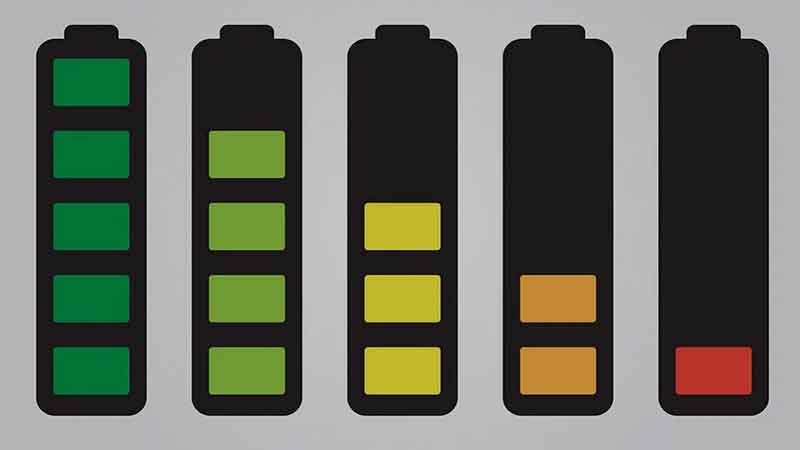Supercapacitors, also known as electrical capacitors, are electrochemical energy storage devices with enhanced efficiency and storage capabilities. Unlike conventional capacitors, supercapacitors are capable of delivering high power with great energy-storage-capability. With the ability to provide higher power and an increased life cycle, supercapacitors are used in various applications such as transportation technology, consumer electronics, medical electronics, military devices, etc.
Supercapacitors and currently used electrode materials
The electrodes are part of the three essential components for supercapacitors. The other two are electrolyte and the separator.
The electrodes are the most important as they determine the power and energy densities of the supercapacitors.
The currently used electrodes have several drawbacks such as low conductivity, low electrolyte accessibility, low surface area, and low mesoporosity.
Carbon nanotubes
In order to overcome the drawbacks associated with the current electrodes, carbon nanotubes are used as the electrodes.
Why carbon nanotubes for supercapacitors are excellent?
The following are the main features that make carbon nanotubes excellent for supercapacitors:
- High electrical conductivity
- High electrolyte accessibility
- High surface area
- High mesoporosity
When these factors are combines, the performance and safety of supercapacitors are improved greatly.
What are the benefits of carbon nanotubes supercapacitors?
Here are some of the top benefits of using carbon nanotubes supercapacitors:
Improve performance
One of the top benefits is that they improve performance significantly. With great electrical conductivity, high electrolyte accessibility, and high mesoporosity, carbon nanotubes have a high charge transport capability.
Long-lasting
Another benefit is that they are long-lasting. This is beneficial to commercial applications that are looking for energy products that last long.
Read also:
- Battery Lithium-ion vs. Supercapacitor Jump Starter (Pros and Cons)
- Top 5 Best Universal Battery Chargers
- Top 5 Best Capacitors for Car Audio
How do they achieve improved performance?
Firstly, the structure of carbon nanotubes is ideal for supercapacitors. They do not have irregular entangled structures but rather vertically aligned structures with enough spacing between the tubes. This spacing provides more surface area and increases mesoporosity.
Secondly, carbon nanotubes have enhanced area determined by the spacing between the aligned tubes. They have a well-defined surface area that allows for electrolyte access to increase the performance of the supercapacitors.
Thirdly, carbon nanotubes increase the density of supercapacitors. This is very useful to commercial supercapacitors that require high capacitance.
Therefore, it is evidently clear that carbon nanotubes for supercapacitors are excellent over the conventional electrodes. So, if you are looking for electrode options for commercial capacitors, then carbon nanotubes for supercapacitors are the best option for you.


